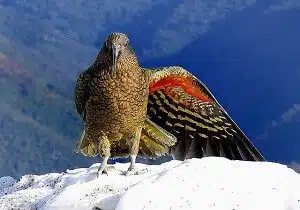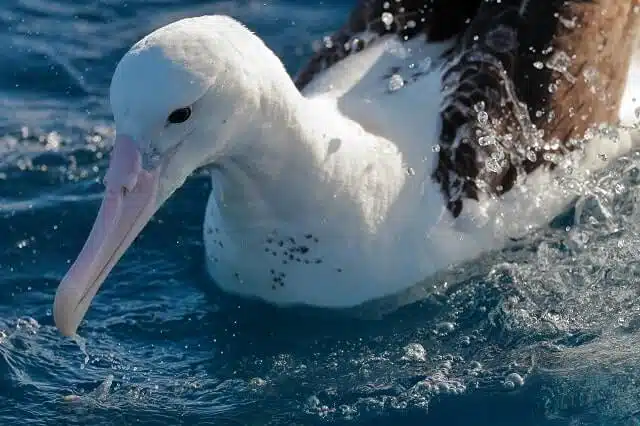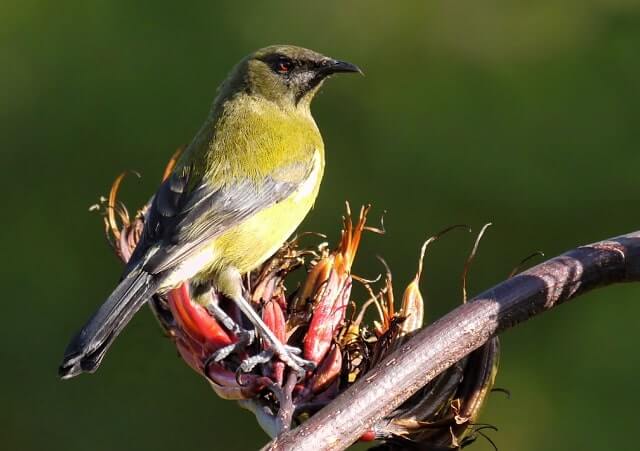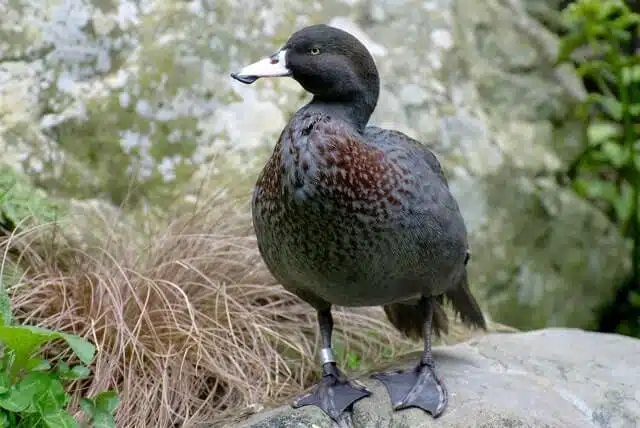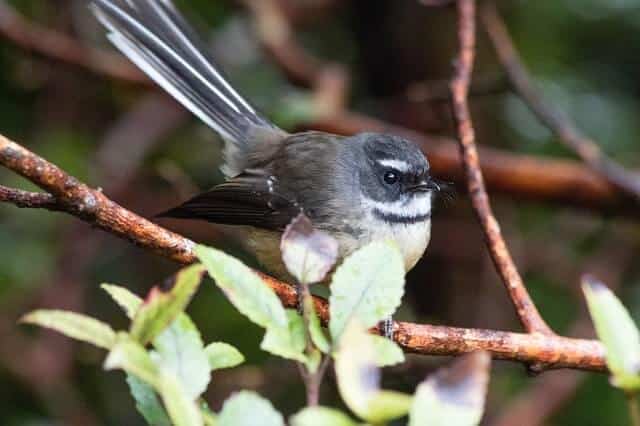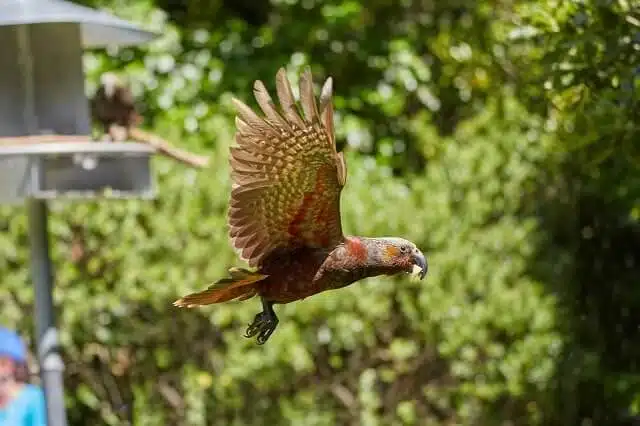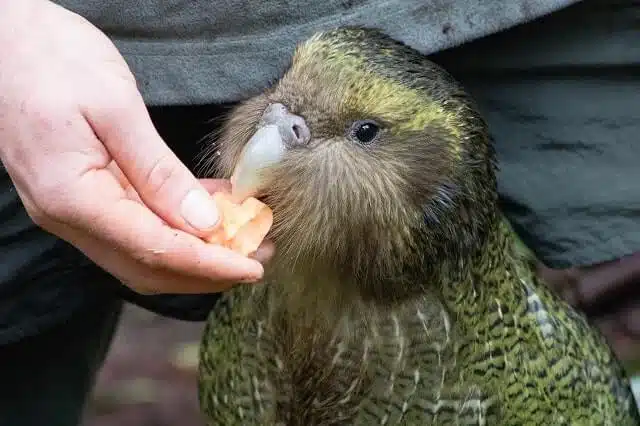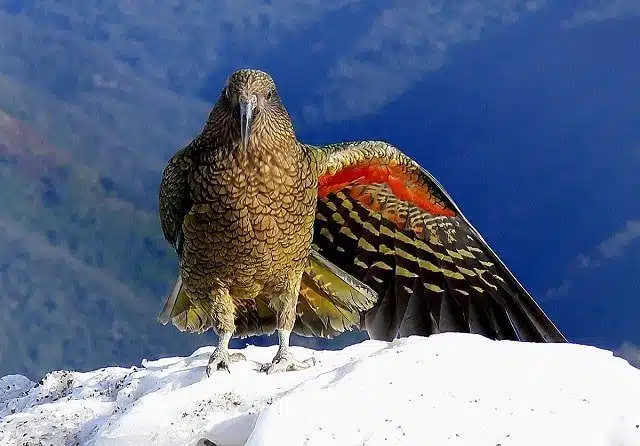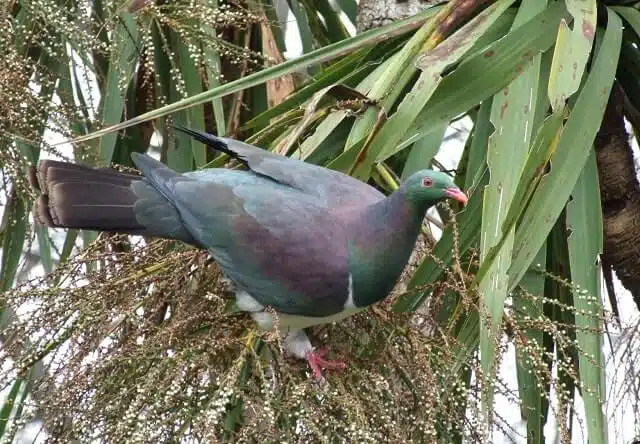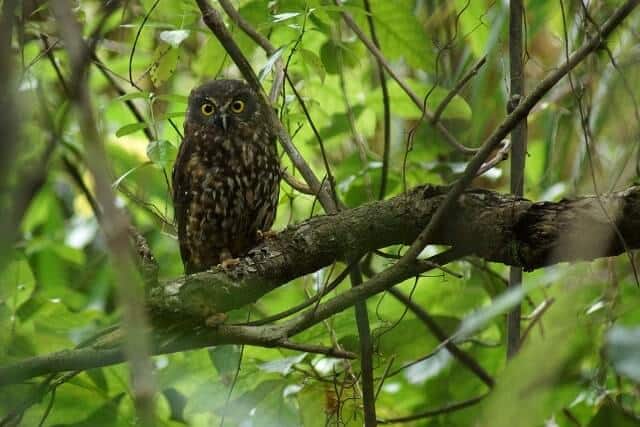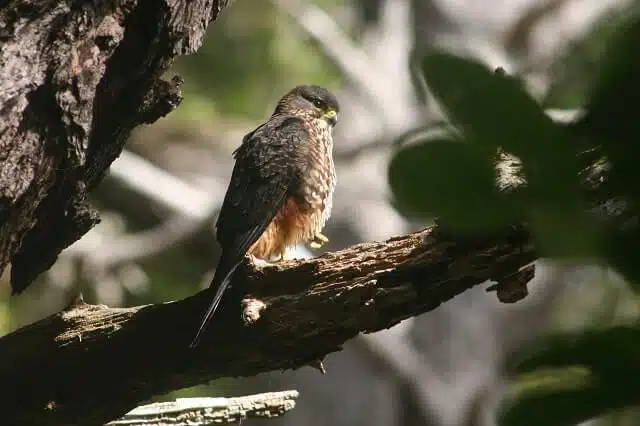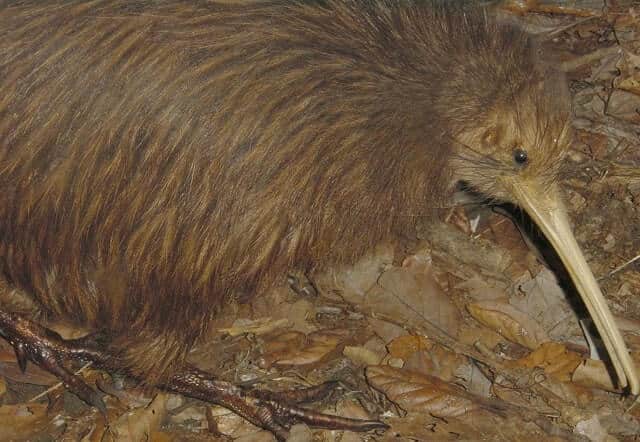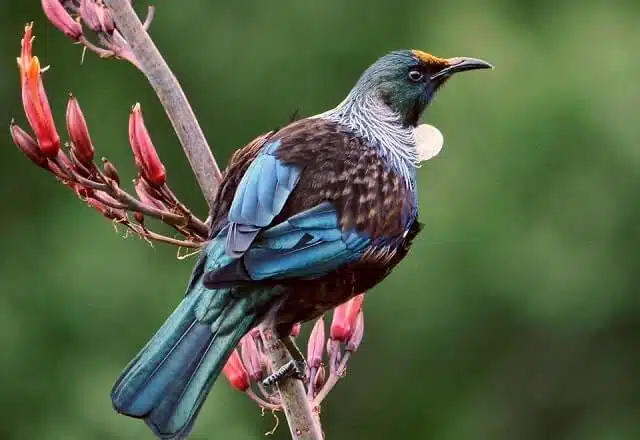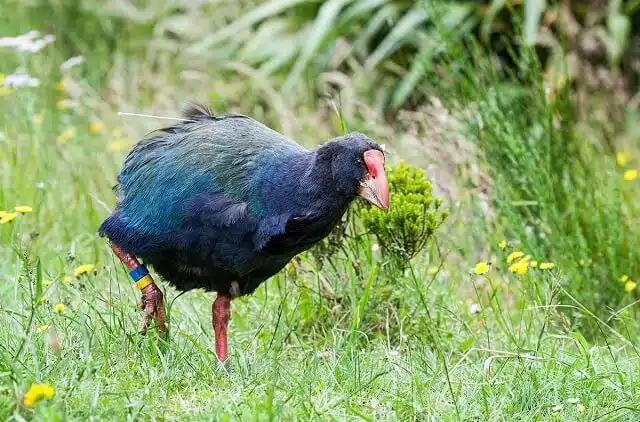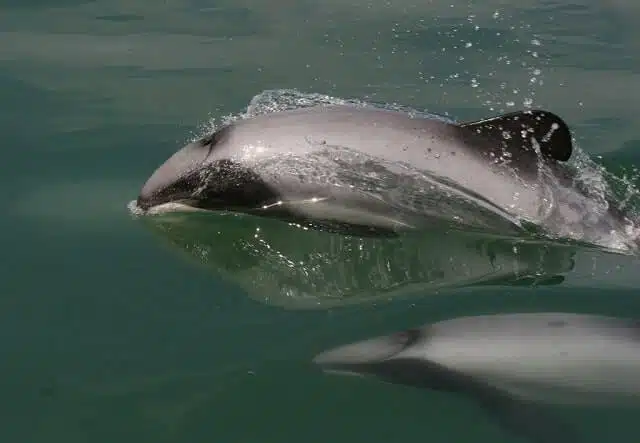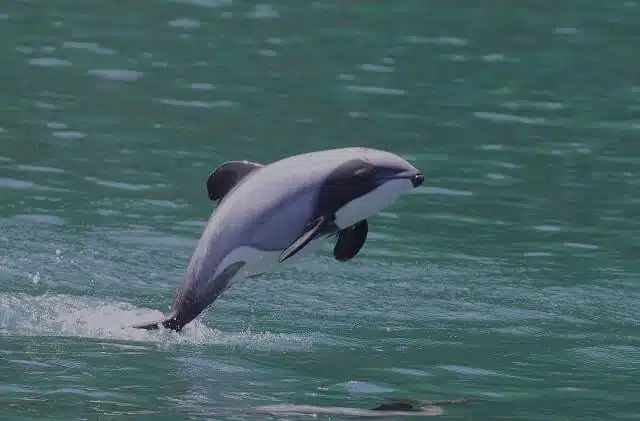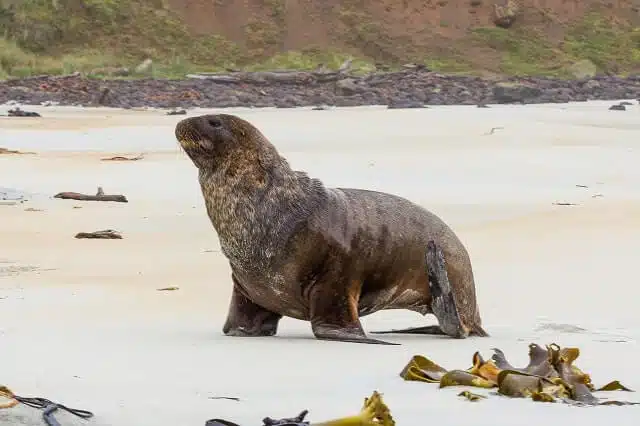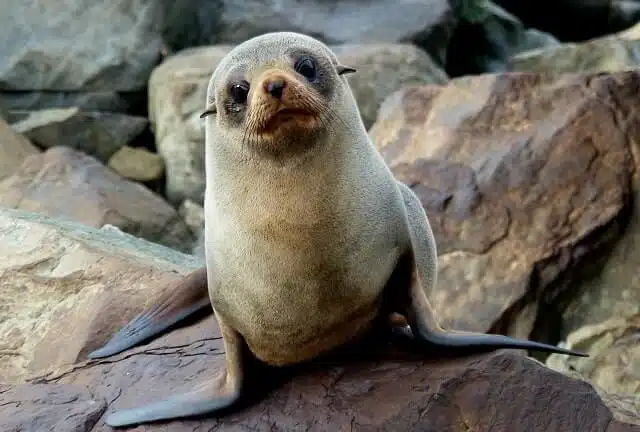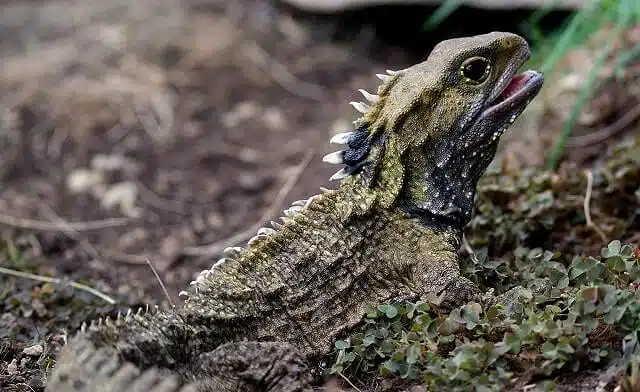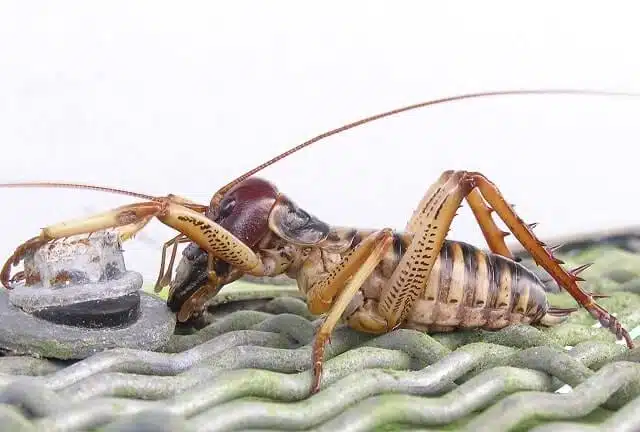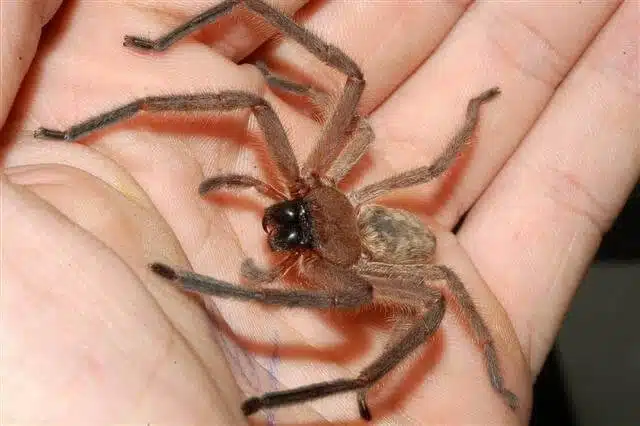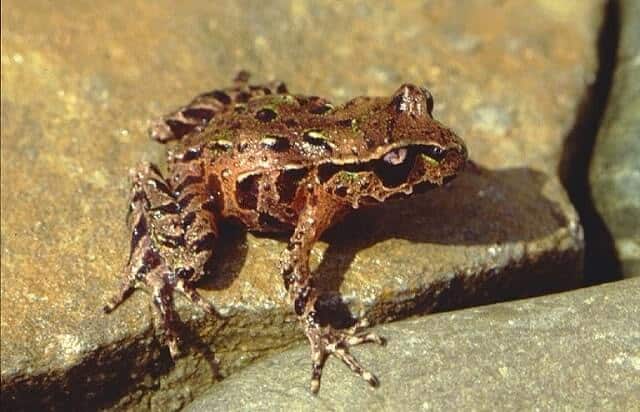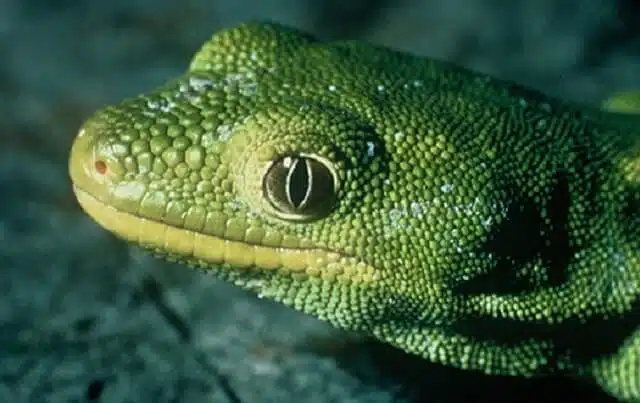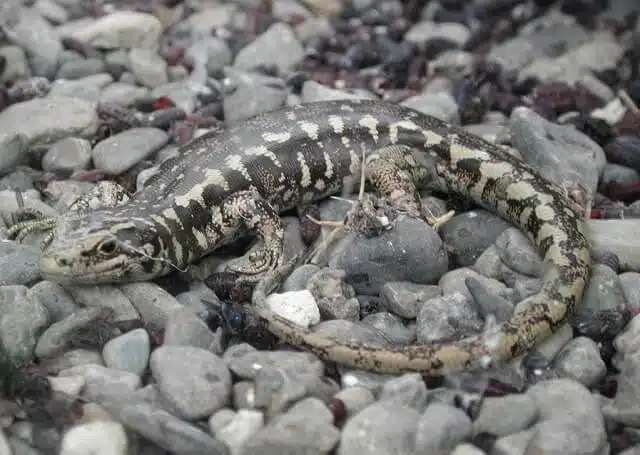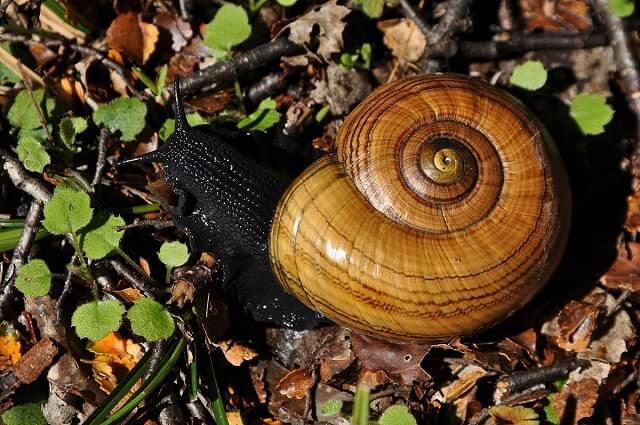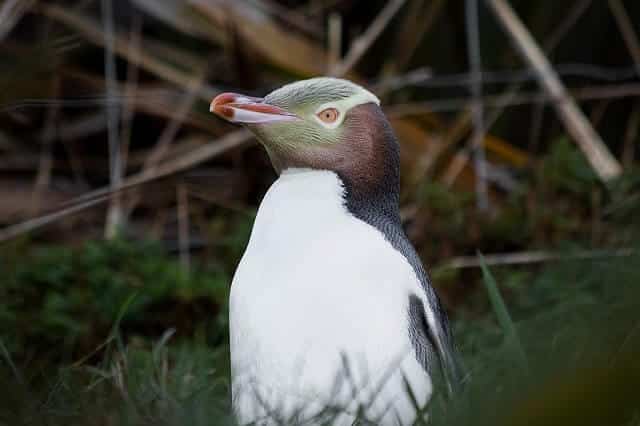New Zealand is blessed with many things but one of the highlights for visitors and locals alike is the wildlife in New Zealand. From the sky to the ocean, the trees to the pastures, New Zealand wildlife is abundant wherever you go and the balance between the flora and fauna in New Zealand is one that makes it so appealing.
The diversity of the wildlife here in New Zealand is what makes it such a fascinating and exciting place to explore. Our animals include insects, marine mammals and bird species – some of which have been around since the time of the dinosaurs!
With so much wildlife to be found throughout the country, we’ve put together a list of our favourite New Zealand animals with a few tips about where you’re likely to see them!
1. Royal Albatross – Toroa
The toroa is one of the most magnificent and largest seabirds in the world. Its wingspan can even grow to upwards of 3 metres! The main breeding colony is on the Chatham Islands but there’s also a small colony near Taiaroa Head near Dunedin. The Royal Albatross Centre there is a popular tourist attraction.
If you are planning a trip to this part of New Zealand, make sure you check out the latest deals on car rental in Dunedin and discover why we’re one of New Zealand’s favourite rental car companies.
2. Bellbird – Korimako
The korimako is a birdsong specialist. It was a trait that was recognised by Captain Cook himself who described its singing as “small bells exquisitely tuned”. They’re also blessed with a beautiful green coat and have a sweet tooth for nectar. They can regularly be seen in the Port Hills of Christchurch.
3. Blue duck – Whio
The whio is one of the best-dressed birds in the duck family with its stunning dark blue plumage. So unique and proud is the whio that it’s featured on the back of our $10 note (which is also blue)! Whio can be spotted near river beds on many of the Great Walks in the South Island. You’ll also find them in zoos and wildlife reserves around the country.
4. Fantail – Piwakawaka
The acrobatic and energetic piwakawaka has deep ties to New Zealand with a strong presence in Maori mythology. Despite being small they are easy to spot with their golden chest of feathers and long extended tail. A common native bird, you’ll find them around quiet suburbs, gardens and areas of native bush.
5. Kaka
One of the many impressive native parrots in New Zealand is the kaka. They are well-known for being more than a little cheeky, even by parrot standards. A particular hobby is stealing tourists’ shiny possessions (you’ve been warned). They nest in the hollowed-out tree trunks and can be found down the West Coast of the South Island. You’ll also find them on islands like Kapiti Island and the Barrier Islands.
6. Kākāpō
One of the most beloved birds in New Zealand is the world’s only flightless parrot, the kākāpō. Sadly the kākāpō is highly endangered with only 150 birds known to be living in captivity in places like Codfish Island and Anchor Island. You can keep in touch with their progress through the Kakapo Recovery Facebook page who are best placed to give advice about possible encounters.
7. Kea
The world’s only alpine parrot, the Kea, is another special bird known as smart and curious survivors. You’d have to be, given the harsh conditions sometimes faced in the Southern Alps, an area many of them call home. Amazing birds to see in flight with their bright orange feathers under their wings. A great place to see them is Kea Point at the base of Mount Cook – a fantastic area for day walks.
8. New Zealand Wood Pigeon – Kereru
The kereru was recently crowned New Zealand’s Bird of the Year! This was thanks to an online campaign promoting it for its large size and appetite (traits highly regarded in New Zealand). It is arguably the most stunning looking of all the pigeon birds in the world with its beautiful green and bronze feathers. They’re commonly found in native forested areas all around the country.
9. Morepork – Ruru
The ruru is a small species of owl whose Maori name is based on the somewhat haunting sound the bird makes. In Maori tradition, they were seen as a watchful guardian. They have a strong presence in many of the mainland areas of forest in New Zealand. Your best chances of seeing them are at dawn and dusk.
10. New Zealand Falcon – Karearea
The karearea is smaller than many other species of falcon found around the world (at around 40-50 cms). They are, however, no less fearsome with the ability to fly at 100km/h and target prey larger than themselves. They are most commonly found in the Kaingaroa pine forest in the Central North Island. You’ll also see them on the back of your $20 note!
11. Kiwi
The kiwi, the nation’s icon that is our famous flightless bird known throughout the world for being a tough fighter. There are actually 5 species of kiwi totalling around 60,000 birds in total in New Zealand. Being nocturnal birds, they’re not the easiest to spot in the world and are more likely to be heard with their distinctive screeching or hissing. Otherwise, there are plenty in captivity in zoos and sanctuaries around like Zealandia and Rainbow Springs in Rotorua.
12. Tui
We’ve so many great singing birds including the magnificent tui. Closely related to the korimako, the tui has an amazing dark multicoloured plumage as well as its iconic white throat tufts. It has also been the face of a popular brand of beer for over 80 years. Tui can be found throughout New Zealand especially near flowering trees with sweet nectar.
13. Takahe
The colourful Takahe is lucky to be still with us as it was thought to be extinct until they were rediscovered in 1948 by a doctor in the Murchison Mountains. The population has slowly recovered to around 350 in Department of Conservation and private sanctuaries around the country where they feed nearly all day on tussock grass and seeds. You can see them at places like Okokonui Sanctuary and at Kapiti and Mana Islands.
14. Maui dolphin
The Maui dolphins are some of the rarest in the world with only around 60 of the species thought to be in existence. They are closely related to the Hector’s dolphin (more on them soon). Given their small numbers, sightings are rare but they are most frequently found between Manukau Harbour and Port Waikato.
15. Hector’s dolphin
The Hector’s dolphin, along with the closely related Maui dolphins are amongst the smallest dolphins in the world growing no more than 1.5m in length. Like the Maui dolphin, they have a unique rounded dorsal fin with skin made of subtle shades of grey and black. Hector’s dolphins can be found along the coastline of the South Island, especially in places like Akaroa where you can also swim with them!
16. New Zealand Sea Lion – Whakahao
The whakahao is thought to be the rarest species of sea lion in the world with a population of only 12,000 all based in New Zealand. They have a thick coat of dark brown, grey and cream patches and congregate mostly in the subantarctic islands (Auckland and Campbell) but are starting to establish breeding grounds on Stewart Island and parts of Otago and Southland.
17. New Zealand Fur Seal – Kekeno
The kekeno are not only adept and fast swimmers but can also move surprisingly quickly on land thanks to their hind flippers which is an important fact to bear in mind. With brown coats and big eyes, they are rather adorable, especially the pups, and are regularly sighted on the Coromandel Peninsula and the West Coast of the South Island. They are also probably the cutest of the New Zealand animals.
18. Tuatara
Tuatara are the most well-known reptiles in New Zealand whose existence dates back to the time of the dinosaurs some 200 million years ago. “Tuatara” in Maori actually means “peaks on the back” which accurately describes them and they can grow up to half a metre in size. The introduction of rats with European settlement threatened the tuatara but they are rebuilding numbers in predator-free conservation areas. They’re best seen in the major Zoos around the country.
19. Weta
Like tuatara, weta have been around since the time of the dinosaurs and are well known, more so now since Peter Jackson’s decision to use “Weta” in naming his props and visual effects companies. They are invertebrates with over 70 variations of species known to exist. Their size (among the largest insects in the world) make them an impressive sight to behold. Given they are nocturnal seeing one in your day-to-day activities is challenging so we recommend zoos and places like Butterfly Creek.
20. Avondale Spider
If you’ve seen the film Arachnophobia, Napolean or Spider-man (2002) then you’ve seen the Avondale Spider in action. The spider itself originally came from Australia but somehow found its way to the West Auckland suburb of Avondale which it decided the call home. Although they are big and look intimidating, they are harmless to humans in real life. You’ll find them hiding in dark and dry places in Avondale or in the spider drawer at Te Papa.
21. Archey’s frog
The Archey’s frog is one of only four native frog species to New Zealand that are still alive today. They have a distinctive look about them being predominantly brown with black stripes and green spots. Having changed very little over the last 150 million years they are considered “living fossils” and are fascinating creatures of study for biologists all around the world. Today they can only be found in parts of the Coromandel Peninsula, Whareorino Forest and Pureora.
22. Nelson Green Gecko
The Nelson Green Gecko is one of the rarest species of gecko in New Zealand which is distinctive due to its striking green skin. Though they are seldom seen, they are more often heard as a result of the loud “bark” they possess. One of the rarer of the animals that can only be found in New Zealand, if you are lucky enough to spot one it will be in Nelson, the only place they are known to still exist.
23. Otago Skink
The Otago Skink is another rare, well-camouflaged reptile with black, grey and yellow blotches that enable them to blend in well to the rocks they love in the Otago region. They live up to 15 years in the wild and twice that in captivity on a diet of insects and fruit. A good one to keep an eye out for in your day trips from Dunedin!
24. Powelliphanta Snail
The powelliphanta snail is one of the largest snails in the world with a shell that can grow upwards of 9 cm in length. It is a fabulous looking insect with shells that come in a range of colours from reds and browns to yellow and black. They are also carnivorous with a taste for large earthworms which they suck up through their mouths! They are most commonly found in the Marlborough Sounds and the Richmond Ranges.
25. Yellow-Eyed Penguin – Hoiho
Everyone loves penguins and the hoiho is one of the most endearing. Its most unique feature is the yellow streaks that surround and go past its eyes. They’ve suffered tremendous population decline in recent decades but there are strong conservation efforts to aid their recovery. They can be viewed from a number of specifically built hides in beaches near The Caitlins, Dunedin, Oamaru and on our $5 note.
Incredible New Zealand wildlife waiting to meet you!
So there it is! Our favourite New Zealand wildlife that you can discover on your next trip to the country. Whether you’re doing some hiking or hitting the beach there’ll be plenty of sea, bird and wildlife to keep you company!
